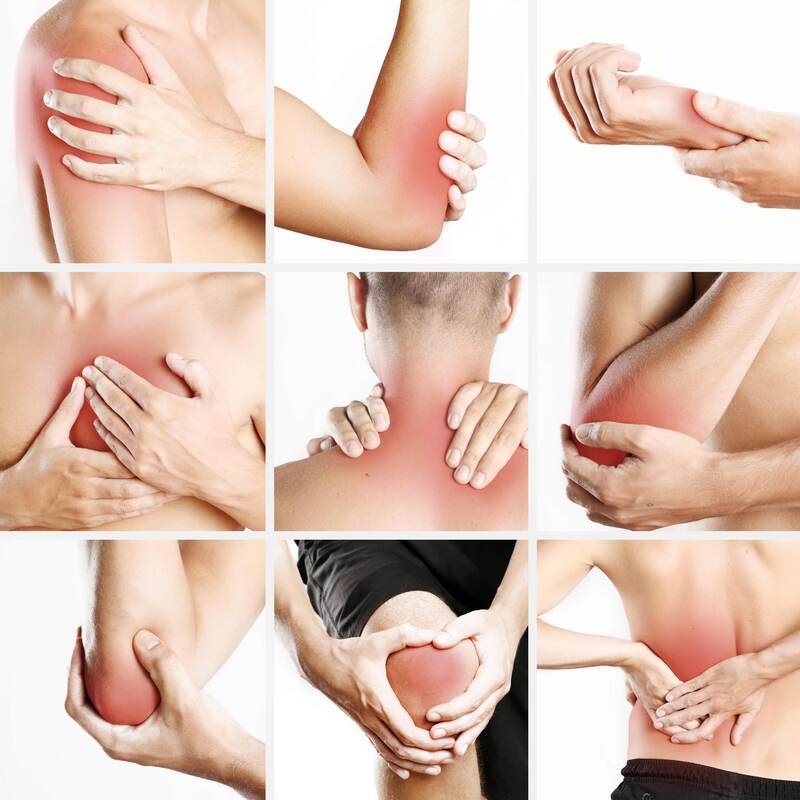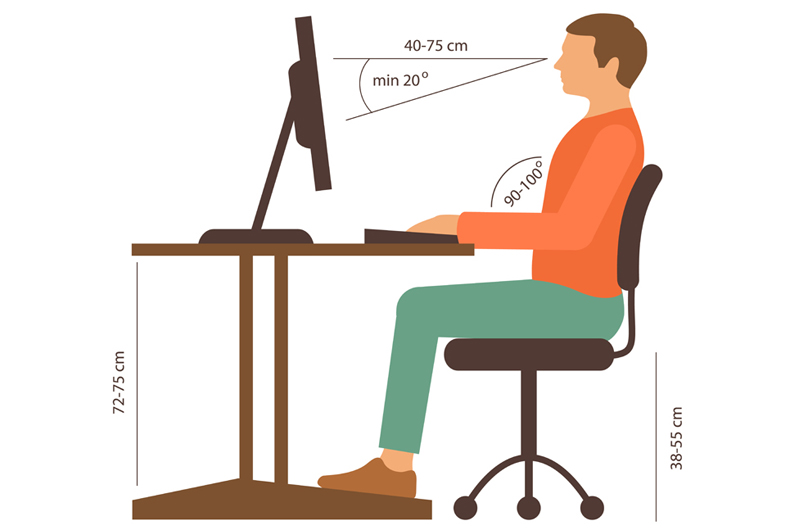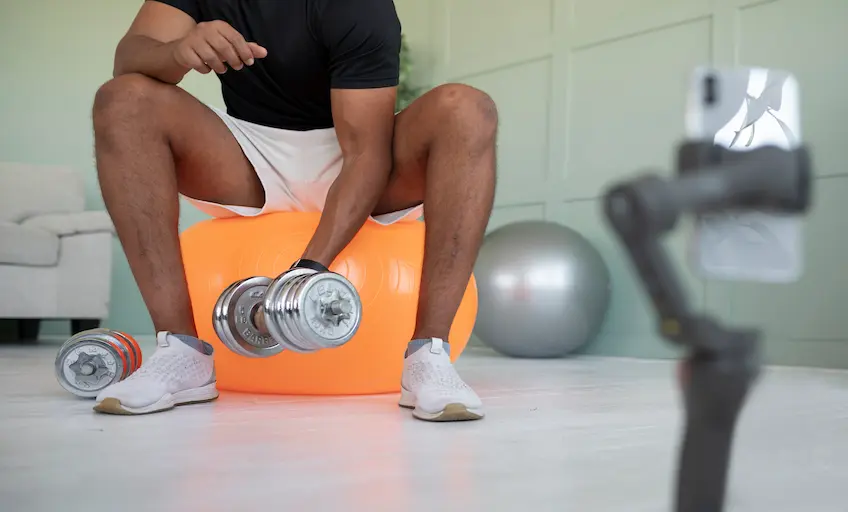Most men dream about having a six pack, but only a few actually spend hours in the gym or eating right to achieve that. Nonetheless, while putting in all that hard work exercising, you have to make sure you don’t go overboard and injure yourself. When done correctly, weight training can help you lose fat, increase your strength and muscle tone and improve your bone density.

Make a mistake and weight training will affect the weakest links in the muscle tendon ligament network. Women are more likely to injure their feet and legs while men’s injuries are more common in the trunk and hand. Men tend to end up with sprains and strains and women with fractures. People very often get injured by dropping weights on themselves, crushing a body part between weights or hitting themselves with the weight. Overexertion, muscle pulls and loss of balance account for the rest.
Here are the most common injuries that tend to occur during weight training:-
Tendinitis – Inflammation of a tendon
Strain – Muscle tendon unit getting stretched or torn
Sprain – Ligaments getting stretched and possibly torn
Bursitis – Inflammation or irritation of the bursa (a sac filled with lubricating fluid located between muscles, bones tendons and tissues)
Avulsion – Complete tearing away of muscle from the bone or tendon
Contusion – An injury in which the skin is not broken
Fracture – Breaking/ crack in the bone
And here’s what causes these injuries:-
Incorrect technique
Too much weight
Bad spotting
Training too often
No stretching prior and post workouts
Inadequate warm up
Poor training
Poor concentration
Lack of nutrition

Many weight lifting injuries can be managed with simple first aid. Just remember the acronym ‘R.I.C.E’
R.est – Rest the affected area for at least 48 hours
I.ce Packs – Keep ice packs over the area for 10-20 min every hour or two for at least 2-3 days
C.ompression – An elastic compression wrap will help reduce the swelling
E.levation – Raise the injured area above the level of your heart for 2- 3 hours a day
If an injury is serious and the affected area does not respond to first aid measures then it’s time to call a doctor. For a second degree injury an NSAID and aspirin will work and for third degree injuries surgery is required, that includes braces or casts. Once the acute phase of the injury has passed, systematic strengthening and flexibility exercises can begin.

Before beginning a weight training program, it’s important that people of all ages consult with a health professional such as a doctor or an athletic trainer to create a safe training program based on your age and capabilities.
Powered by Healthcaremagic.com





 1800-270-7000
1800-270-7000









what does low blood pressure indicate